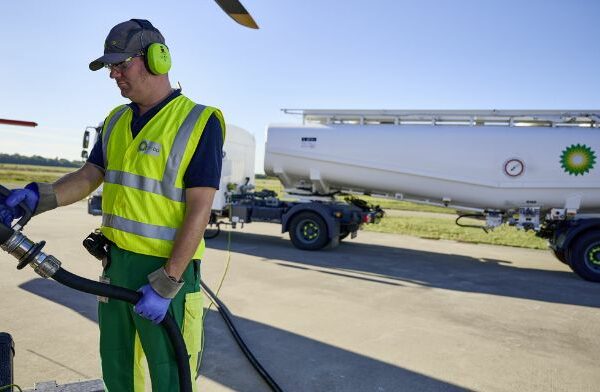European airports saw a -98.6% drop in passenger traffic (a loss of -202 million passengers) throughout April compared to the same period last year, according to Airports Council International (ACI) Europe. It also highlighted that in April Europe’s network of 500+ airports welcomed only 2.8 million passengers – the same volume that was handled by Dublin airport alone during the same period in 2019.


With 71% of Europe’s smaller regional hubs (those with less than 1 million passengers/ year) already loss making before COVID-19, these airports are the most exposed to the risk of airports potentially “going bust”. The high seasonality of their business – with the summer holidays accounting for 70% of their revenues – is compounded by the risks of not seeing travel and border restrictions eased over the coming weeks. Jankovec also pointed out: “Beyond smaller regional airports, business continuity is a systematic issue for the airport industry – with larger airports across Europe also fighting for survival.”
ACI Europe has unveiled its ‘Off the ground’ project to underline that to protect air connectivity, tourism, jobs and regional development airports also need to be supported, not just now but beyond the current crisis.
The association has called on the European Commission to revisit State aid rules beyond the temporary framework in place to respond to COVID-19 by:
- Clarifying that the maintenance of airport operations to accommodate essential air traffic during the COVID-19 crisis falls within the public remit and can thus be financially compensated by States without being considered as State aid.
- Provide temporary derogations to the 2014 Aviation State Aid Guidelines to increase the possibility for airports with up to 3 million passengers to receive public financing – including for decarbonisation – and to provide maximum flexibility as regards start-up aid to airlines to enable the reopening of vital air routes.
Greater harmonisation is also being called for with European states urged to fully coordinate and align the conditions under which the current restrictions to air travel can be lifted. This should include the lifting of quarantine requirements for incoming travellers.
“There can be no compromise when it comes to the health and safety of passengers and staff. COVID-19 confronts us with an unprecedented challenge as a vaccine or an effective treatment are still distant prospects. Just as everyone is doing in our daily lives, we must adapt on an on-going basis to operate our airports and protect livelihoods in ways that reduce transmission risks as much as possible. This means looking at the most effective combination of measures, which must be fully coherent across all transport modes and tourism activities,” said Jankovec.
While measures such as wearing masks, the availability of disinfectant gels in terminals, increased cleaning and improved ventilation are all being rolled out at airport’s around the world, the need to adhere to physical distancing is clearly the most challenging measure for any mass transport system infrastructure. Jankovec stated it can also have negative health consequences as it requires passengers to arrive early and spend more time at the airport before their flight. Ultimately this could result in more crowded facilities – which can defeat its intended purpose.
Highlighting that the implementation of physical distancing at airports should be done in ways that are operationally feasible and under conditions that are effective at reducing transmission risks, Jankovec concluded: “Airports need their health authorities to work cooperatively with them to adapt physical distancing to their specific layout and operations.”






